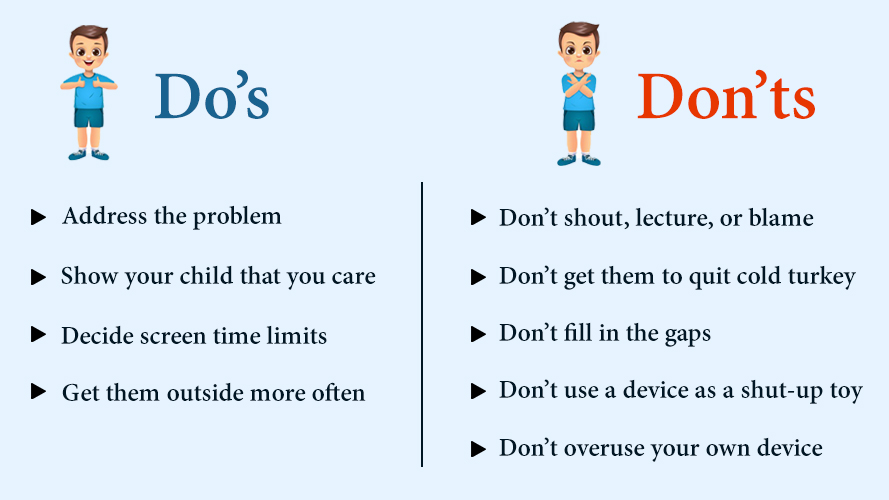Parental involvement is one of the pivotal aspects in a child’s education. According to a research conducted by Harvard University, it was found that a fruitful relationship between parent and teacher had a direct positive impact on student engagement in the class.
Similar results were out when the University of Warwick researched and concluded that parental involvement helped in child learning and added substantially to the performance.
Educators around the world believe that effective communication with a child’s parents translates to positive outcomes. Also, a meaningful periodic interaction ensures that the student is doing well in school and outside the school walls.
As a teacher, you can reach out to parents to share student’s achievements via phone call or personal notes. Moreover, a detailed description of all the exciting things happening on the premises can be communicated through Newsletters. There are several ways a teacher can keep parents in the loop. We’ll discuss this in the coming sections below.
While parent-teacher communication is important, it is also a difficult aspect to address, say teachers. Communication barriers like physical, psychological, technical, social, or organizational, perception inefficiencies, cultural differences, and lack of knowledge or time keep things unaddressed or unsolved most of the time.
Key barriers in parent-teacher communication
- Schools and parents report lack of time as the major barrier, however, studies reveal differently. Lack of planning and coordination contributes to ineffective communication more than time. Full-time working parents sometimes miss parent-teacher meets due to office work.
- Teachers reflecting their cultural perspectives to parents from different cultures, regions, or languages can worsen the communication gap and act as a catalyst in slower child development.
Two-way communication is the key.
While teachers reaching out to parents remains the foremost thing to constructive parent-teacher communication, interaction from another side also matters.
As a part of the strategy, schools should focus on making parents come to them with questions, ideas, or simply thoughts. The communication from teachers should encourage parents to respond and participate. It would not only make it interactive and goal-focused but also assist in the child’s overall development.
Studies reveal that parent involvement in a child’s learning is directly proportional to a child’s development and achievement.
Effective ways to strengthen the parent-teacher relationship
Here are the most effective ways to communicate better and take the child’s elementary education to an altogether new level.
- Understand the line between personal and bothersome
Dropping a personalized message on a parent’s preferred communication channel is a good way to communicate a child’s progress. It not only depicts warmth and affection but also your concern as a teacher towards the child. But don’t overdo it. Try communicating via a personalized video message only when it’s important either good or bad. .
- Be proactive to discuss potential concerns
Learn to be proactive. Don’t wait for the problems to swell, rather inform in time. As soon as you notice something which you think needs to be shared with parents – just do it.
If a student is having issues in understanding in class or is falling behind for some reason, make parents aware and work together to devise a solution. Doing so would not only help students in learning better but also help in building trust.
- Focus on building trust
Trust is an essential aspect of any relationship. Ensure to build it through the way you communicate. The best way to build trust is by following the practices mentioned in this article.
- Short and precise at times work the best
Instead of communicating through long newsletters all the time, sending short messages about recent grades of the student, attendance, project submission reminders, etc can help in bolstering parent-teacher communication. Columbia University did just that and achieved a 39 percent drop in course failures and student attendance increased by 18 percent.
- Consistency is necessary
Regular communication helps parents understand their child’s progress better. They feel at ease and comfortable. It also gives them the impression that you care. On the other hand, if the communication is irregular, then it comes across as disingenuous.
The best way to do this is by creating a communication schedule and making parents aware of the same at the start of the session so they know what’s coming their way.
- Honesty is the best policy
Honesty is the first chapter in the book of wisdom, says Thomas Jefferson. Be forthright with parents no matter if you are delivering bad news or good. This gives comfort to the communication between a parent and a teacher – even on difficult topics. Ultimately it’ll all be for a child’s better growth and holistic development. Though it’s still important to choose your words wisely while delivering a praise or critique message.
How does technology help?
The world of technology is propelling every day. We have apps for almost everything today. Apps like SeeSaw and ClassDojo are enabling parents to learn about their child’s learning in real-time. Sharing updates has become easy and hassle-free.
Moreover, preparing for tests becomes easy with an app like Georgia Test Prep, an online practice test tool designed for elementary and middle school students. Aligned with Georgia state standards and/or Common Core Standards, it helps Georgia students hone their skills in the state school curriculum.
Final words
Many teachers believe that reaching out to parents is a daunting task and consumes a lot of time and effort. It’s true, but if done correctly and with the optimum use of technology, communication becomes more natural and systematic, streamlined to the desired objectives.
Plan the routine well, keep communication options open for parents, let them feel at ease, and you’d see a supportive and healthy environment in the making towards child learning and development.













